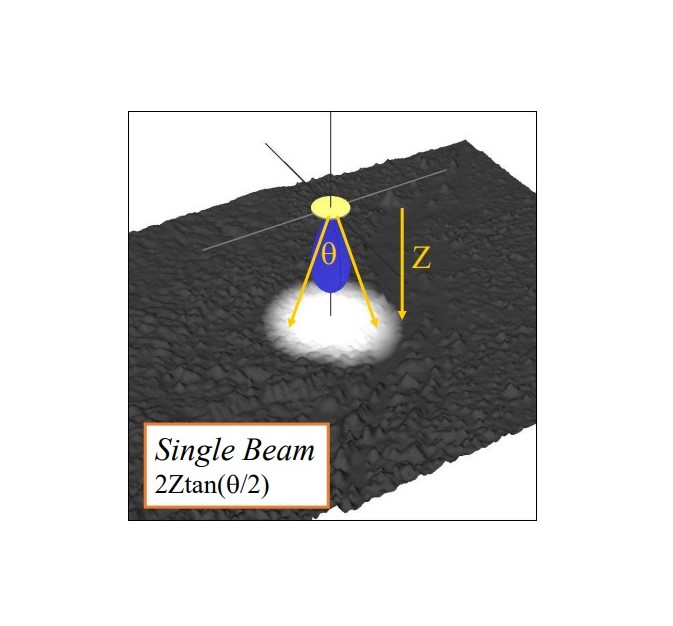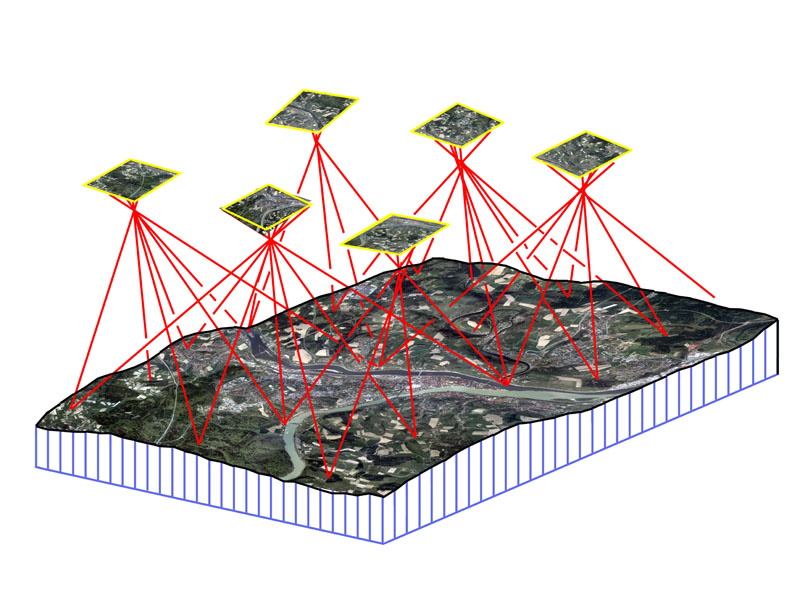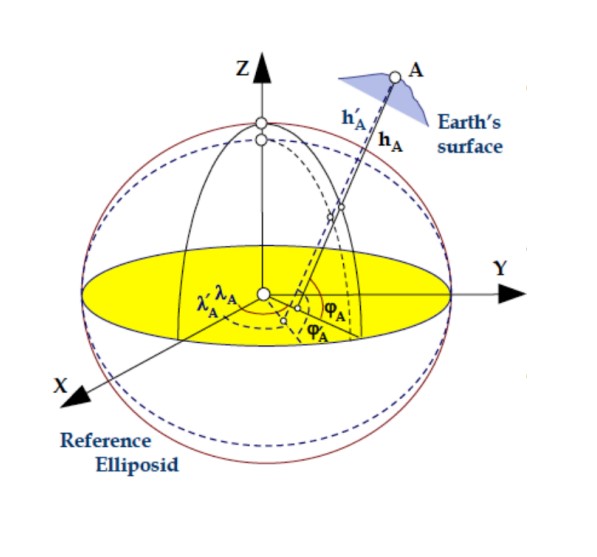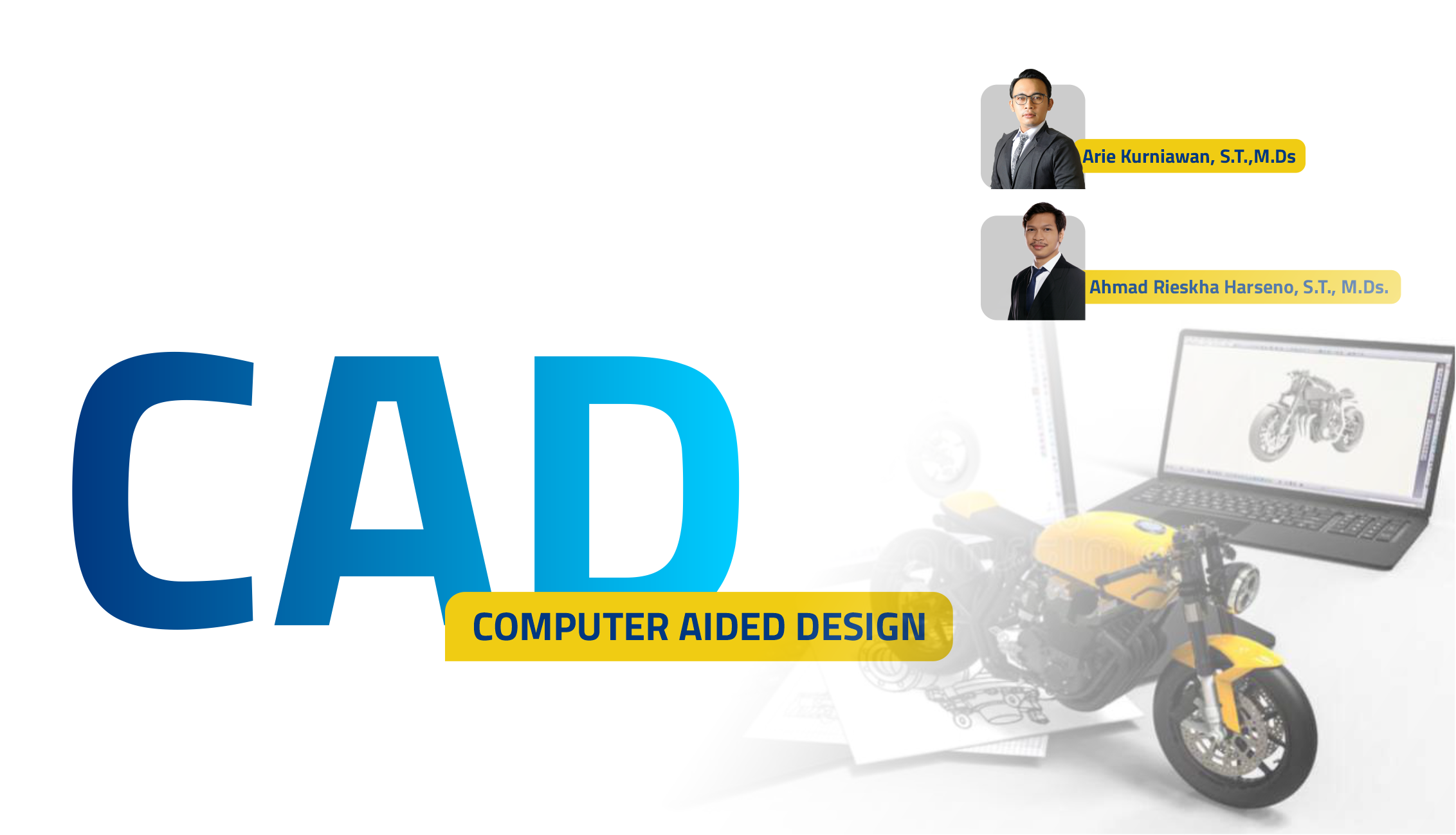
- Teacher: Candida Aulia De Silva Nusantara
- Teacher: Danar Guruh Pratomo
- Teacher: Ira Mutiara Anjasmara
- Teacher: Irena Hana Hariyanto
- Teacher: Khomsin
- Teacher: Muhammad Aldila Syariz
- Teacher: Nafisatus Sania Irbah



Bahan Kajian :
• Struktur Aljabar
• Grup
• Ring
Capaian Mata Kuliah :
1. Mahasiswa mampu mengikuti perkembangan, mengembangkan dan menerapkan matematika serta mampu berkomunikasi secara aktif dan benar baik lisan ataupun tulisan
2. Mahasiswa mampu menjelaskan prinsip-prinsip dasar dan lanjut dari teori yang dipahaminya khususnya berkaitan dengan struktur dari suatu lapangan berhingga dan mampu melakukan komputasi simbolik
3. Mahasiswa mampu menjelaskan secara cerdas dan kreatif tentang peranan signifikan aplikasi Aljabar dalam bidang rumpun pengetahuan terkait dan bidang lainnya
4. Mahasiswa mampu menyajikan pemahaman ilmunya dalam bidang Aljabar
secara mandiri ataupun dalam kerja tim
Pustaka Utama :
1. Subiono., ”Catatan Kuliah : ALJABAR II”, Jurusan Matematika FMIPA-ITS, 2014.
2. Joseph A. Gallian, ”Contemporary Abstract Algebra, 7th Edition”, Brooks/Cole, (2010)
3. Joseph J. Rotman,”Advanced Modern Algebra”, Prentice Hall, (2003).
Pustaka Pendukung :
1. William Paulsen,” Abstract Algebra, An Interactive Approach “, CRC Press, (2010).
2. Robert A. Beezer,” SAGE for Abstract Algebra, A Supplement to Abstract Algebra, Theory and Applications “,
Department of Mathematics and Computer Science, University of Puget Sound, 2013.
The Nusantara Architecture course aims to provide students with the ability to learn architectural and building knowledge, including an understanding of architecture within the context of Indonesian architecture. The course will cover the fundamental features of Nusantara architecture as well as the similarities and differences between regional architectures, highlighting the diversity in archipelago architecture and its comparison to pre-modern Western architecture. Additionally, the course will introduce the distinctions between traditional architecture and archipelago architecture.
This compulsory course aims to enhance students' competence in exploring the principles and theories of the digital design paradigm and its development, technological aspects of digital design, concepts, and techniques of digital design, the role of the designer, and the computational component in practical design. This will be accomplished through a combination of lecture-based instruction, group work, and case study-based learning.
This course introduces the students to the creative approach concept to solve the
problem. The design concept that is human-centered based will be the main theme in this
course. Design thinking is a method for a creative implementation to produce a new
solution for a complex problem. In this course, the students will learn in iterative of
solving the problem from ideas and experimentations by using the design techniques to
capture the insight and generate the innovative solution for every challenge in the
organization, business, as well as public service. With design thinking, you are certainly
producing the solutions for problems such as business failure, new product or new
venture, solving the social problem such as insufficient health facility, and improving the
service quality. The course is using problem-based learning where the class session is
minimum. Students are required to implement the knowledge they acquired in the real
case.
Description
Big Data Analytics deals with techniques of data mining, machine learning, and deep learning from computer science, statistics, and mathematics compiled together as an interdisciplinary to analyse the ever growing large data (due to volume, velocity and variety) as problems faced by industry today. Through this course, students are expected to have a deep and systematic knowledge of business and technical strategies for data analytics and the subsequent skills to implement solutions in the workplace.
Learning Outcomes
Students are able to:
· Develop knowledge and analytical skills in current and developing areas of statistical analysis and machine learning.
· Students enable to identify, develop, and apply detailed analytical, creative, and problem-solving skills.
· Communicate computer science concepts, designs, and solutions effectively and professionally in any organization.
· Students exhibit the good awareness of technologies relevant to the fast growing large data in the workplace
· Embark on Big Data Analytics careers which is one of the fastest growing technologies.
Mata kuliah Biologi mempelajari kehidupan sebagai ilmu pengetahuan, dimulai dengan konsep dasar kehidupan dari tingkat sel sampai ekosistem; keanekaragaman makhluk hidup dan interaksinya dengan lingkungan. Proses pembelajaran melalui kegiatan belajar mengajar di kelas, tugas dan diskusi, studi kasus. Untuk mengetahui CPMK yang telah didapatkan oleh mahasiswa, dilakukan evaluasi
Biology courses study life as a science, starting with the basic concepts of life from cells to individuals; and the diversity of biota and their interactions with the environment. The learning process through teaching and learning activities, case studies, assignments, discussions, and evaluations
Mata kuliah yang mempelajari dan mempraktikkan ketrampilan mewujudkan desain berbasis pada perangkat lunak komputer. Menggunakan perangkat lunak parametrik dan metode workflow untuk tujuan simulasi bentuk, analisis, presentasi dan perencanaan proses manufaktur.
Courses that learn and practice the skills of realizing design based on computer software. Using parametric software and workflow methods for simulation, analysis, presentation and manufacturing process planning

|
Course Description |
: |
Basic Architecture Design 1 aims to give students the ability to train design thinking sensitivity and creative thinking, understand the basic elements and principles of design, and represent ideas by applying the basic principles of architectural communication. |
|
|
|
|
|
Course Learning Outcome |
: |
1. Capable to develop architectural 3 dimensional thinking through experiencing, model and drawing, and working on it individually and collectively. 2. Capable to apply comprehensive architectural representation in the drawing, pin-up, and model output, and working on it individually and collectively. 3. Capable to develop creative and imaginative thinking, individually and collectively. |
|
|
|
|
|
Topic |
: |
1. Primary element in architecture 2. Identification of primary element in architecture 3. Think 3D 4. Identification of 1D, 2D, 3D 5. Architectural Communication 6. Diagram and Sketch 7. 2D and 3D drawing 8. Technical drawing 9. Architectural drawing 10. Creative method 11. Brainstorming 12. Synectic 13. Transformation 14. Morphological chart |
Data Mining Statistics is one of the expertise courses that are part of the field of study in the computational statistics course group. The purpose of the Data Mining course is that students are able to dig, summarize and analyze the information contained in a large data using methods based on computational statistics. Through this course, it is hoped that students will have a learning experience to think critically and be able to make the right decisions about Data Mining techniques that are appropriate for a problem and its solution and be able to communicate both orally and in writing. The learning strategy used is discussion and exercises and assignments .
Mata kuliah Desain Penelitian Doktor ini dirancang untuk membekali mahasiswa dengan kemampuan merancang dan melaksanakan penelitian doktoral yang inovatif, orisinal, dan berdampak signifikan dalam bidang geodesi, surveying, hidrografi, penginderaan jauh, fotogrametri, sistem informasi geografis, dan kadaster. Mata kuliah ini menekankan pada pengembangan sikap dan karakter profesional, kemampuan mengembangkan teori dan memecahkan masalah melalui riset inter-, multi-, dan transdisipliner, serta kemampuan mengelola pembelajaran diri dan mengembangkan diri sebagai pembelajar sepanjang hayat.
Capaian Pembelajaran Lulusan
Capaian Pembelajaran Mata Kuliah
Desain Pengalaman Pengguna (User Experience Design) adalah bidang yang berfokus pada mengoptimalkan interaksi antara pengguna dan produk atau layanan. Tujuannya adalah menciptakan pengalaman yang memuaskan, efisien, dan efektif bagi pengguna. Dalam mata kuliah ini, mahasiswa akan mempelajari prinsip-prinsip Interaksi Manusia dan Komputer (Human-Computer Interaction) serta melakukan evaluasi ketergunaan (Usability) perangkat lunak dan melaporkannya. Mata kuliah ini melibatkan lintas disiplin ilmu, termasuk psikologi, ergonomi, antropologi, ilmu komputer, desain grafis, dan produk. Mahasiswa diharapkan dapat mengaplikasikan pengetahuan ini dalam pembuatan perangkat lunak yang tidak hanya beroperasi, tetapi juga mudah digunakan dan disesuaikan dengan kebutuhan pengguna.
User Experience Design focuses on optimizing interactions between users and products or services. Its goal is to create satisfying, efficient, and effective experiences for users. In this course, students will learn the principles of Human-Computer Interaction and conduct usability evaluations of software, reporting their findings. The course spans multiple disciplines, including psychology, ergonomics, anthropology, computer science, graphic design, and product design. Students are expected to apply this knowledge to create software that is not only functional but also user-friendly and tailored to user needs. 🌟🚀🎨📱📊

Desain Pengalaman Pengguna (User Experience Design) adalah bidang yang berfokus pada mengoptimalkan interaksi antara pengguna dan produk atau layanan. Tujuannya adalah menciptakan pengalaman yang memuaskan, efisien, dan efektif bagi pengguna. Dalam mata kuliah ini, mahasiswa akan mempelajari prinsip-prinsip Interaksi Manusia dan Komputer (Human-Computer Interaction) serta melakukan evaluasi ketergunaan (Usability) perangkat lunak dan melaporkannya. Mata kuliah ini melibatkan lintas disiplin ilmu, termasuk psikologi, ergonomi, antropologi, ilmu komputer, desain grafis, dan produk. Mahasiswa diharapkan dapat mengaplikasikan pengetahuan ini dalam pembuatan perangkat lunak yang tidak hanya beroperasi, tetapi juga mudah digunakan dan disesuaikan dengan kebutuhan pengguna.
User Experience Design focuses on optimizing interactions between users and products or services. Its goal is to create satisfying, efficient, and effective experiences for users. In this course, students will learn the principles of Human-Computer Interaction and conduct usability evaluations of software, reporting their findings. The course spans multiple disciplines, including psychology, ergonomics, anthropology, computer science, graphic design, and product design. Students are expected to apply this knowledge to create software that is not only functional but also user-friendly and tailored to user needs. 🌟🚀🎨📱📊

User Experience Design focuses on
optimizing interactions between users and products or services. Its
goal is to create satisfying, efficient, and effective user experiences.
In this course, students will learn the principles of Human-Computer
Interaction and conduct usability evaluations of software, reporting
their findings. The course spans multiple disciplines, including
psychology, ergonomics, anthropology, computer science, graphic design,
and product design. Students are expected to apply this knowledge to
create software that is not only functional but also user-friendly and
tailored to user needs.

| CPL 4 | Mampu menerapkan konsep struktur, sifat dan perubahan zat berdasarkan aspek dinamika dan energetika Able to apply the concepts of structure, properties and changes in substances based on aspects of dynamics and energetics | |
| CPL 5 | Mampu menerapkan konsep, teori dan metode tentang analisis dan sintesis zat-zat kimia Able to apply concepts, theories and methods regarding the analysis and synthesis of chemical substances | |
| CPL 6 | Mampu mengaplikasikan pola pikir kimia dan memanfaatkan IPTEK pada bidangnya dalam menyelesaikan masalah yang dihadapi Able to apply chemical thinking and utilize science and technology in their field to solve the problems |